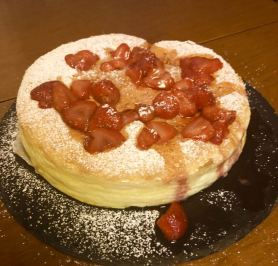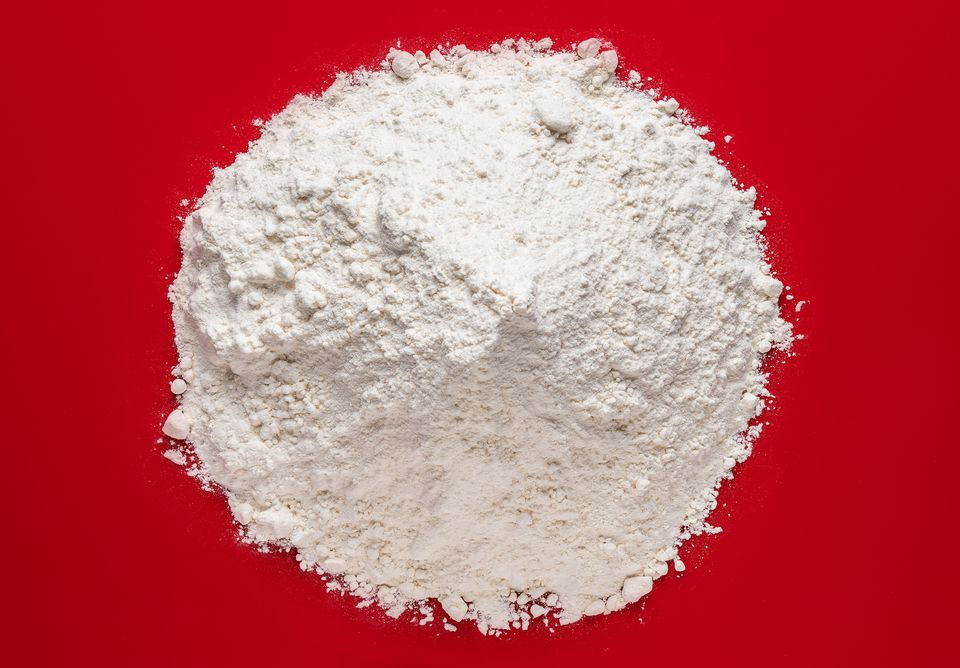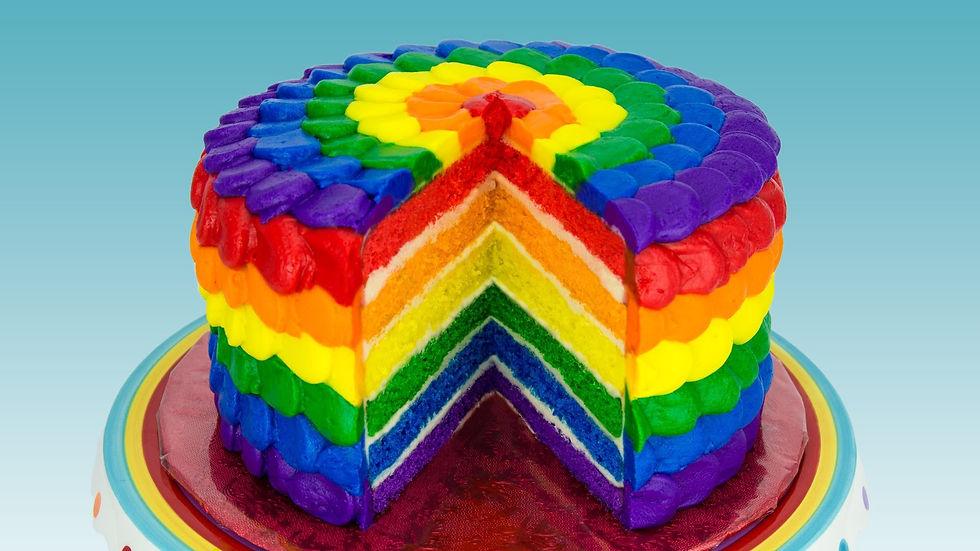Buttercream: Italian, French, and Continental
- Chloe Z.

- Jan 24, 2020
- 3 min read
Updated: Feb 2, 2020
Buttercream, everyone's favorite pillowy-soft and deliciously sweet topping for cakes and cupcakes alike. There are three main types that I'm familiar with, some much harder to work with than others, so I've give you the cliffnotes version of what I had to learn.

(Image credit: https://www.becel.ca/en/recipe/buttercream-frosting-52227 )
Continental Buttercream
I think this one has the most ingredients to work with, but it's easily the most user-friendly of the three. It contains water, granulated sugar, custard powder, and three different fats (shortening, margarine, and unsalted butter).
The first thing you do is bring the water to a boil and pour it into a mixing bowl. Next, you add the sugar and mix it for about 10-20 seconds until it forms a 'syrup'. After that, add the custard powder and shortening and mix until there are no lumps and the mixture has cooled. Finally, you add the margarine to the bowl and cream the ingredients together, and once the margarine is well-incorporated, add the butter little by little until you've reached the desired consistency.
You can frost your cake with this as soon as its finished, or you could put it in the fridge to use it another day. You'll probably have to mix it a bit once you take it out of the fridge to make it soft again, but otherwise it's good to go.
Italian Buttercream
I think this might actually be the more common type of buttercream, but I certainly found it a lot trickier. Italian buttercream is made with water, sugar (split into two portions), egg whites, and butter.
Similar to continental buttercream, the first thing you do is boil a mixture of the water and first portion of sugar until it reaches 115'C. In a separate bowl, whisk the egg whites until they are frothy, then stream in the second portion of sugar until soft peaks are formed. Once you have the two mixtures, gradually stream the hot syrup mixture into the meringue mixture, and whip until it's cooled down. Finally, add the butter gradually until the buttercream is light and fluffy.
You'll probably want to use this right away, as things can get a little tricky if you refrigerate this kind of buttercream. It gets super hard once it's put in the fridge, and simply mixing it again won't bring it back to its original consistency. Instead, you'll have to heat the mixing bowl while your buttercream is mixing (in school we had to use little blowtorches, like the kind used for creme brulee) so that it returns to its soft consistency. Make sure to not heat the bowl too much, or else your buttercream will melt and you'll have to start from scratch again. (I learned this the hard way...)
French Buttercream
I'll admit that I'm not as familiar with this one as I am with the other two, since I'm pretty sure we only made this once, but I'll try to give all the necessary information. French buttercream is made with sugar, water, egg yolks, and unsalted butter.
First, boil the sugar and water together until the mixture reaches 118'C. Lightly beat the egg yolks, then gradually stream in the boiling syrup mixture, and whisk it all until it's cool. Finally, add the butter little by little and mix until everything is smooth.
Notably, we didn't use this one for frosting cakes, because it's just too soft. It would probably run right off the cake if we tried. Instead, this was used only as a filling, but it was quite nice if I remember correctly.
Thank you so much for reading, and I hope you learned something!






Comments